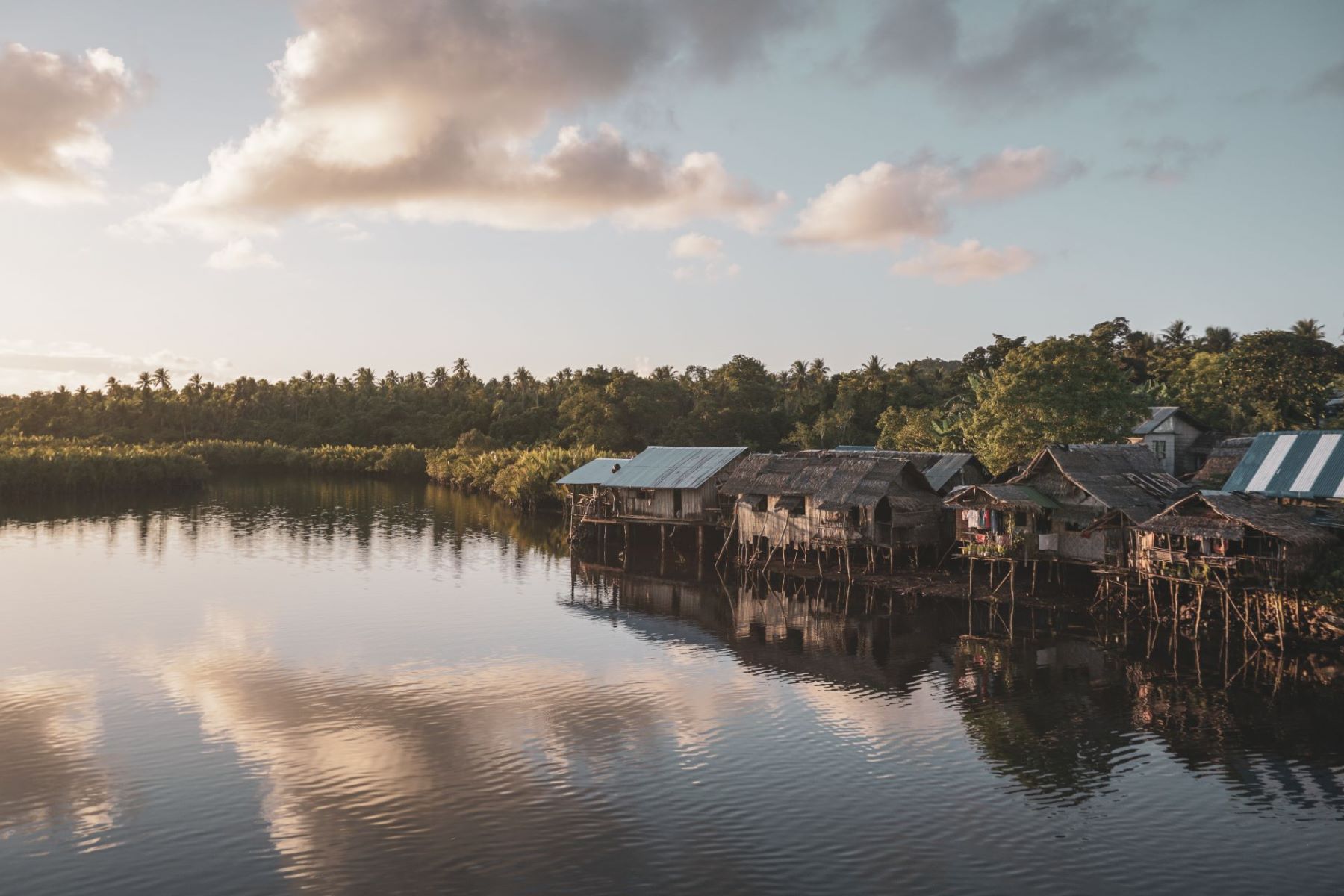Coherence in Practice
The Philippines
The project aims at ensuring coherence in localizing international agendas on climate change and disaster risk reduction.

Introduction
The Government of the Philippines, specifically the Department of the Interior and Local Government (DILG), is supported in their efforts to harmonize risk-assessment approaches and planning guidelines of different ministries that have to be used by the local government units. So far, the already resource weak municipalities and local government units are expected to coordinate all the different requirements concerning urban– and spatial planning, economic development, civil protection and climate change and the underlying requirements stated in the global agendas: the results are a lack of orientation and work overload.
On the basis of a clear prioritization of measures, improved planning will be translated into local project proposals that take both climate and disaster risks into consideration (e.g. in public building codes) and can be financed through budgets that are not solely focusing on one of the topics.
Goal
Ensuring coherence in localizing international agendas on climate change and disaster risk reduction through harmonized risk assessments and planning guidelines and strengthened regional capacities for advisory services and data and information governance.


Planning
GIDRM supports DILG in harmonizing risk-assessment approaches and planning guidelines of different ministries that are used by local government units. At the moment, each plan requires the use of different climate and disaster risk assessment (CDRA) tools. GIDRM supports DILG in developing a CDRA decision support toolkit that shows which tools are used for the development of which plan, therefore preventing duplication of data collection and analysis. One of the tools developed under GIDRM Phase I – Suitability Modelling – will be included as a required assessment tool in the CDRA master matrix.
GIDRM supports the CDRA process in up to two regions (region 8 Samar and 13 Surigao del Norte). Region 13 is characterized as fragile and the possibility to apply the CDRA tools and the subsequent planning processes will first be assessed.
Implementation
Based on the CDRA results, GIDRM supports the development of combined DRR/CCA plans in 12 municipalities in Cebu, in two provinces in Region 8 (Samar and Leyte) and in one province in Region 3 (Zambales). The development of the combined DRR/CCA plan is part of the requirements by the Department of Budget and Management (DBM), Office of Civil Defense (OCD) and the Department of the Interior and Local Government (DILG) for the approval and release of its annual budget from 2018 onwards which includes the 5% Local Disaster Risk Reduction and Management Fund (LDRRMF).
GIDRM will furthermore support DILG in translating the resiliency plan of one LGU into local project proposals that take both climate and disaster risks into consideration (e.g. in public building codes) and can be financed through budgets that are normally focusing on one of the topics such as the People Survival Fund.
Reporting
One of the key challenges with regard to coherent reporting is information and data governance. In the Philippines, especially the regional level has been identified as a bottleneck when it comes to data and information sharing. One possible mechanism to support data and information governance at the regional level is the establishment of Regional Resilience Councils that can link the local and national level with regard to reporting and data governance as well as provide capacity building and advisory services to local government units. GIDRM will assess the possible role of the Regional Resilience Councils and other regional institutions and strengthen vertical data and information governance.